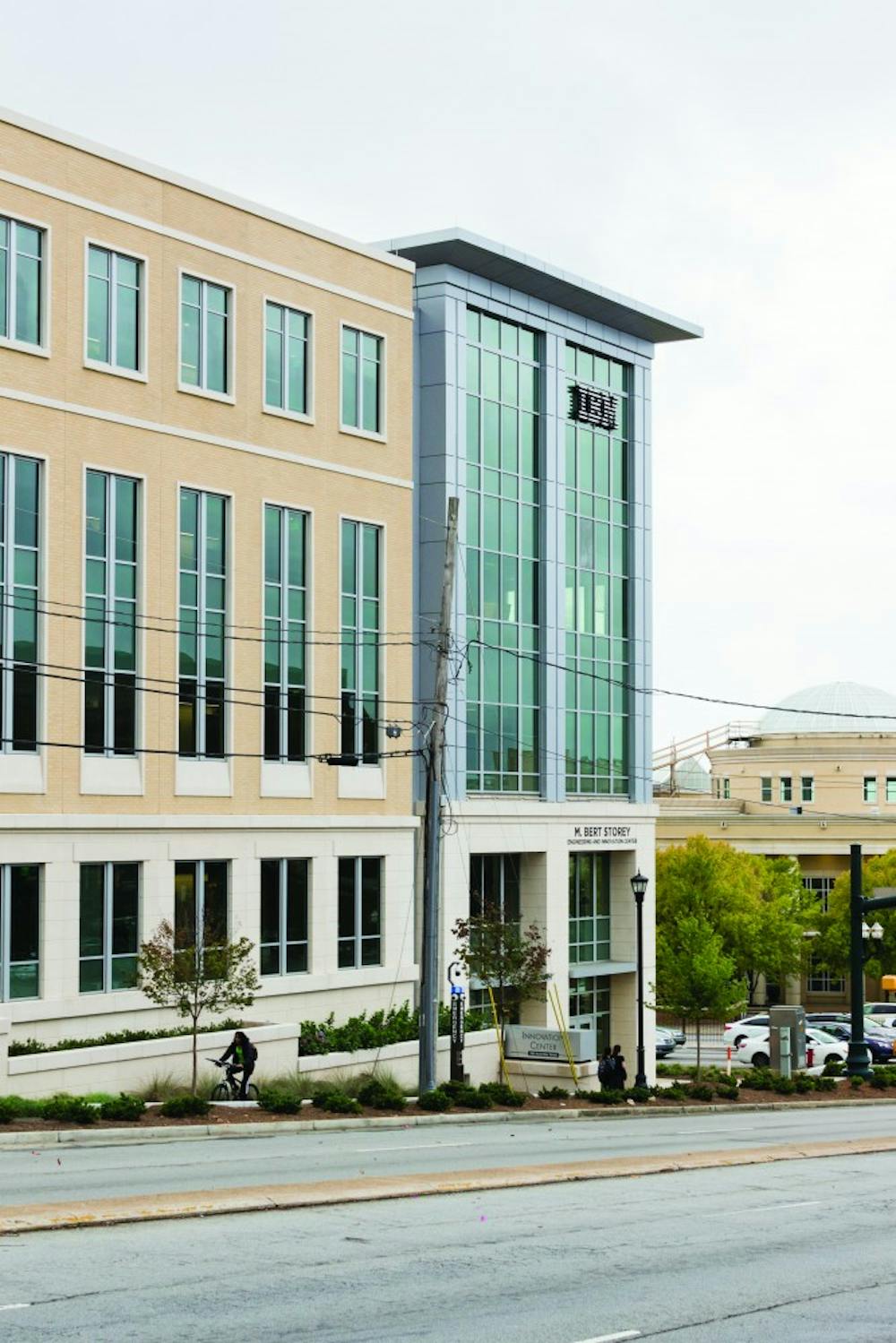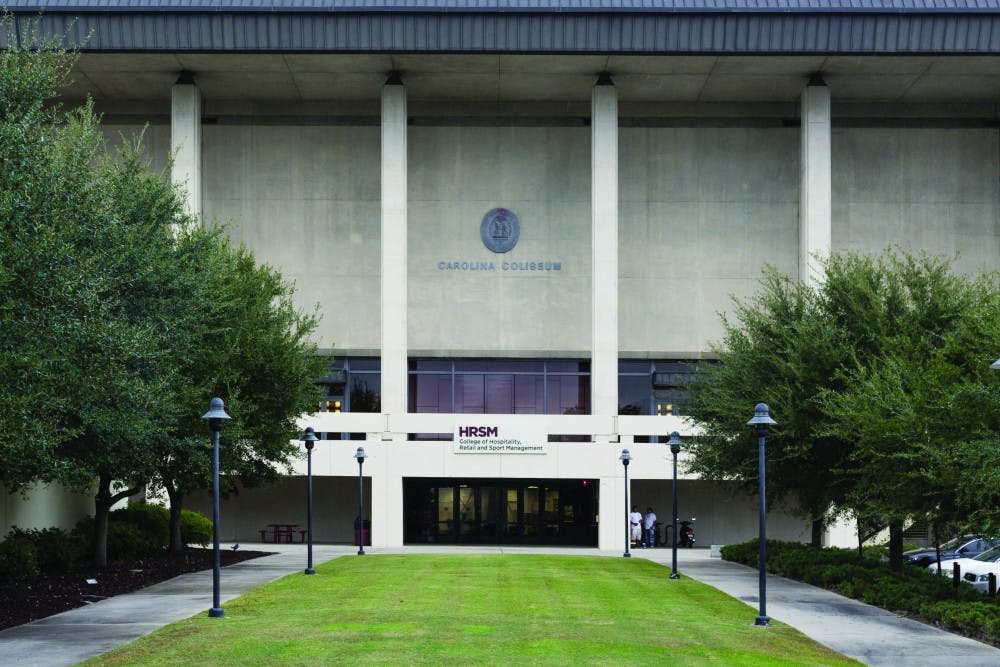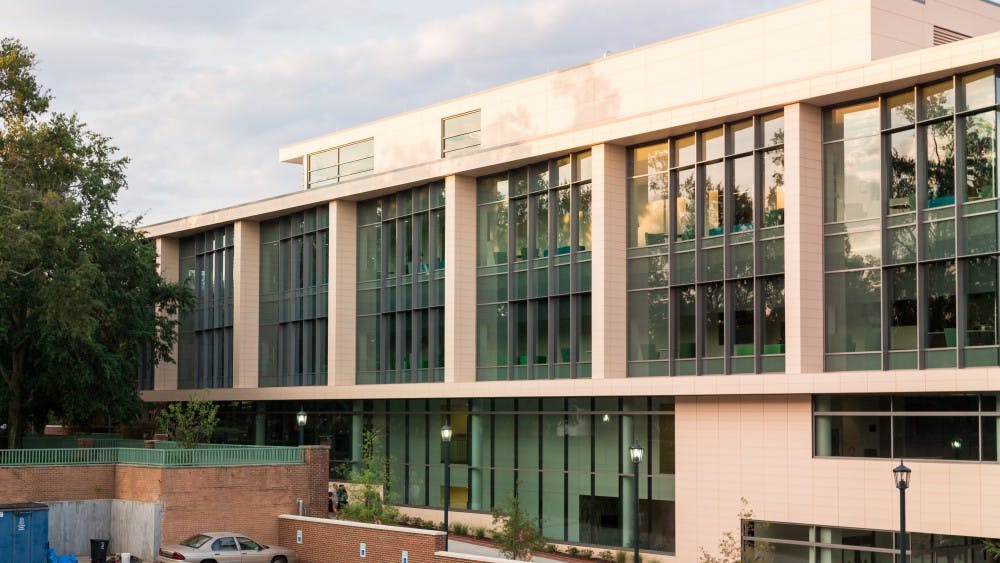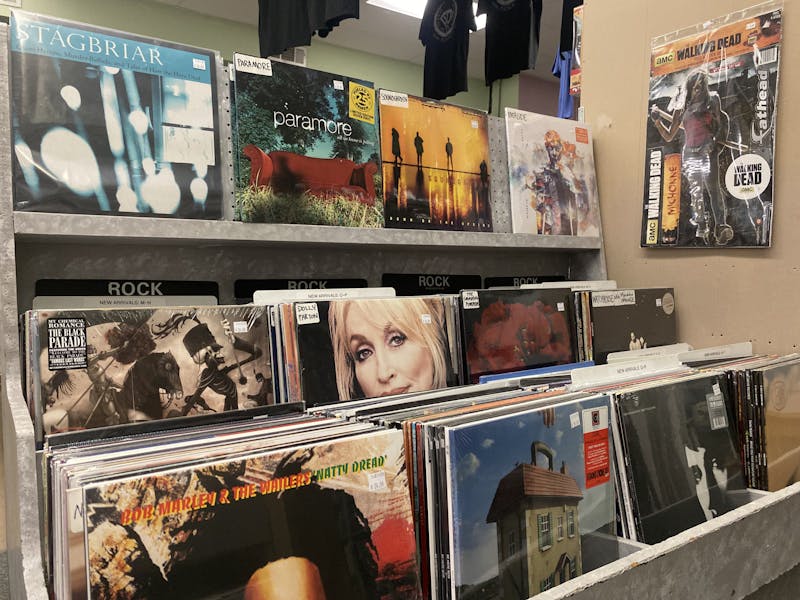When you’re waist-deep in the unending swampland known as the end of the semester — harbinger of exams, papers, presentations, and God forbid, group projects — one of the most efficient and cathartic ways to reduce stress is complaining. We all do it (especially when we have too much homework to fit in yoga.) And often, a myriad of topics come immediately to the minds of overworked, under-rested students. For example, Columbia parking. Professor’s unrealistic expectations. How the Russell House bathroom is always closed for cleaning right when you stop by for sushi. That’s not just me, right?
The point is, on a regular basis, it’s easy to rail on at the university when USCPD slips you a parking ticket or when Blackboard times out right as you were going to turn in your online exam. But once in a while, it’s healthy to step back, take a deep breath, and seek out the positive things that USC has done for you.
Today happens to be that day. Today is not a day for complaint; today, the University of South Carolina has done something good.
Unbeknownst to many students, for decades, committees and sub-committees at USC have been updating and revising a campus Master Plan, which details the geographical changes that officials hope to implement. These include dorm updates, Columbia road construction, and envisioning a better future for all of us, where we get to enjoy placid bike trails and pedestrian-friendly streets. All of this is part of the Vision for a Sustainable Future, curated by university officials who have our best interests at heart. Jeff Lamberson, the director of Facilities Design and Construction, answered a few of my questions about the Master Plan. He served on the Capital Operations & Planning Subcommittee during the drafting of the plan, and he’s still responsible for campus oversight on a daily basis.
It’s not hard to notice that USC values sustainability in more ways than one. More food than ever in our dining halls was grown in-state by local farmers, public transportation and bike paths through campus are popping up and every new building on campus is required to have a Silver LEED certification or higher before the project is cleared. Both the new Student Health Center and the recently completed USC Law School were built with the Master Plan in mind.
“The best example of a facility that models environmental, fiscal and social sustainability is The Darla Moore School of Business,” Lamberson said in an email interview. “As the largest LEED Platinum certified building in South Carolina and the largest LEED Platinum higher education building in the nation, it offers real examples of environmentally friendly design features that save operational costs and improve quality of life within the structure. As a Business School, the facility itself models sustainable business behavior.”
Considering that many classroom buildings on campus were constructed during a time in American architecture when the most important quality of a building was how easy it would be to tear down, the move towards lasting, LEED certified structures certainly implies a larger statement the university is making about its values.

Most students, even commuters, have noticed the changing atmosphere on campus. But did you know that there’s a way to preview the changes scheduled for the future? The Facilities Department’s webpage invites users to “See our vision.” Click the link, and a truly magical PDF blossoms into being — a document that’s existed for seven years under the radar (except for a select few student groups, like University Ambassadors.)
Known as the 2010 Master Plan: Vision for a Sustainable Future, this document is 32 pages long, and includes some surreal Photoshop creations of what campus might look like when certain projects are completed. Students stroll past giant, iridescent, square, glass buildings, and bike past a placid lake behind Swearingen that doesn’t exist yet.
“The University of South Carolina campus has a distinct personality that is rooted in its history, physical setting, traditions, and programs,” the introduction notes. It details the successes of past expansion projects, such as the pedestrian bridge spanning Pickens Street and the Honors dorm where the Honeycomb apartments used to be.
There have always been casualties to construction; the Master Plan is no different. The planned Campus Village for freshmen comes at the expense of Bates and Bates West, dorms that are definitely outdated, but still occupy a place in the hearts of many alumni. However, Lamberson hopes that the vision of a sustainable future will tide over the nostalgia felt by many ex-students.
“I was fortunate to begin service at USC the same time Dr. Pastides became President,” he said. “His leadership in green building has provided many exciting opportunities for incorporating sustainability into $1.5 B in construction projects over the past 10 years. The morale in design and construction is high as a result of being involved in such a wide variety of interesting projects.”
USC also states its vested interest in aiding the development of the greater Columbia area, which is good news for students who love our college town but don’t love the one-way streets or the cracked sidewalks.
“There are other initiatives that support the Master Plan and our Plan is developed in concert with the City of Columbia Master Plan so that they complement each other. An example is the Streetscaping USC did on Assembly, between Pendleton and Blossom, that establishes the City template for future street design between Elmwood and Rosewood.”
One part of the university’s vision that may give students pause includes the idea of staff making decisions about parking. Multiple new sidewalks and bike paths that connect the far-reaching parts of campus for pedestrians. For a campus with over twenty-five thousand students, many of whom commute, eliminating incentives to drive to campus sounds risky.

For most commuting students who park half a mile from their closest class, the Master Plan’s official statement on parking might sound like bad news — Lamberson elaborates. “The goal is to have easy access to structured parking along North/South and East/West public transportation corridors for our commuting students. As an example, large amounts of structured parking behind Colonial Life Arena with quick and continuous access to Greene Street public transit to the heart of campus.” The core of campus is ever-expanding toward the Innovista district, near Darla Moore. Although Lamberson says, “We strive to maintain less than a 15-minute transit from point A to point B anywhere on campus,” that largely depends on the reliability of the bus schedule, since walking alone will not conquer the distance between far-reaching classes.
The parts of the Master Plan that catch the eye are also the parts that we won’t be around to see. Lamberson’s favorite part of the planned construction is a public access point to the Congaree River between Blossom and Gervais. “Once we achieve a nice park on the river, I’ll be able to retire with a great sense of accomplishment,” he said.
Planted trees, smooth roads, sprawling intramural fields and the vision of a better, brighter campus is still several years in the future, possibly after all of our time here. Still, it’s good to know that USC will stay beautiful long after we’re gone.



